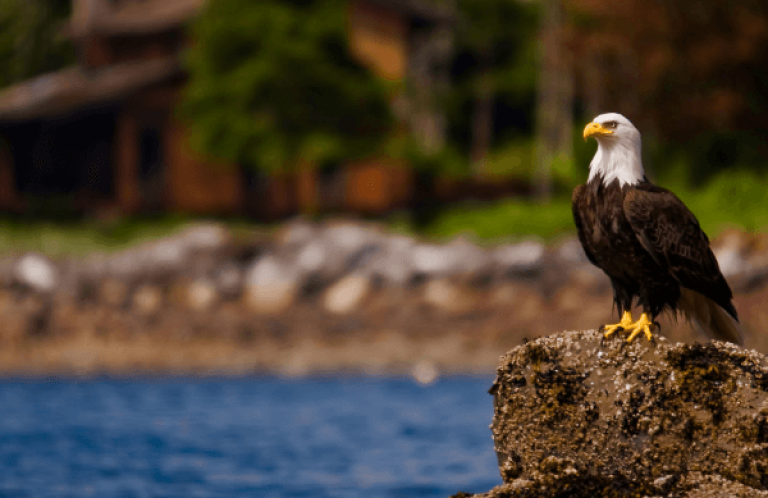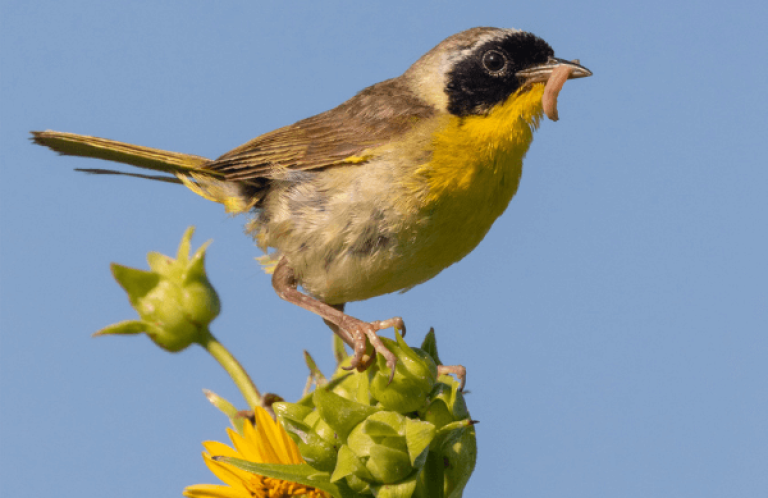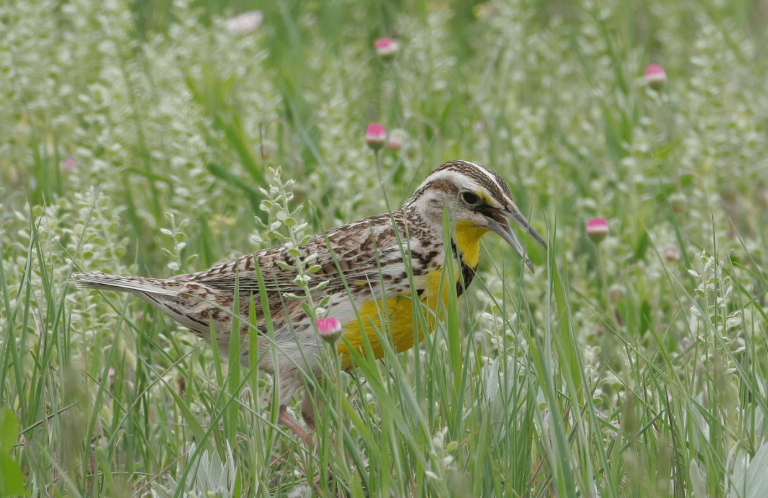Recent Condor Deaths from Avian Flu Are a Reminder of the Species' Precarity
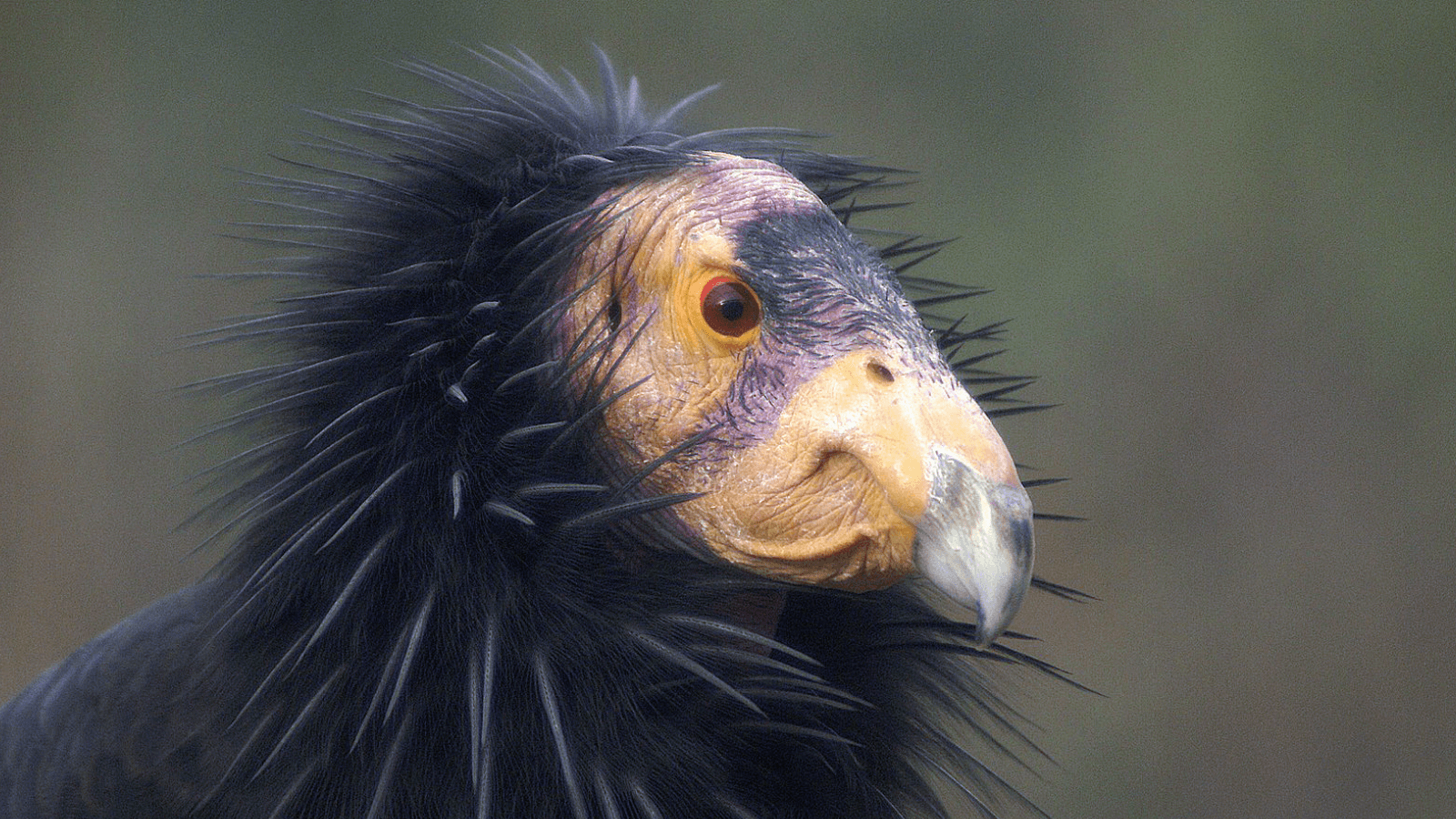
This year, 2023, marks the 50th Anniversary of the Endangered Species Act. Amidst the lists of accomplishments and celebrations, all of which are warranted, is a news story that stands in stark contrast: Nearly one-tenth of the wild population of federally Endangered California Condors died in April.
On April 17, 2023, Idaho-based conservation group The Peregrine Fund confirmed that 20 California Condors from the Utah-Arizona flock had died. Ten birds had Highly Pathogenic Avian Influenza (HPAI), a particularly virulent strain of bird flu that has been wreaking havoc on everything from egg prices to wild waterfowl populations. The other 10 may have also been exposed, a troubling sign that this is yet another major threat to an already imperiled bird.
California Condors were originally given federal Endangered status in 1967 after declining dramatically throughout the 19th and 20th centuries due to threats including lead poisoning, habitat loss, and high chick mortality caused by eggshell thinning linked to the insecticide DDT. By 1983, only 23 individual birds were left; in 1987, conservationists took a calculated risk and brought the entire remaining wild population into captivity in a last-ditch effort to save the species through captive breeding. Thanks to remarkable efforts by zoos, the U.S. Fish and Wildlife Service (USFWS), and conservation organization, the wild population climbed to 322 individuals by 2021.
Endangered species recovery can be likened to the gyroscopic artform of plate spinning, where art and science merge in a concentrated effort to balance multiple plates simultaneously to avoid a catastrophic collapse. Captive breeding, voluntary landowner actions, state and federal laws, and reintroductions to the wild are just a few of the dozens of plates that must be spun in tandem at any given time.
Thanks to this dedicated balancing act, 23 California Condors in 1983 have become more than 500 (including the captive populations) in 2023. This is a vast improvement, but the wild population is still highly vulnerable, and each and every individual remains absolutely vital.
We know the principal threats to condors that have plagued their recovery: lead poisoning from spent munitions and other sources, pesticides and other environmental pollutants, utilities and expanding energy infrastructure, and habitat loss, most recently from catastrophic wildfires. Despite recovery efforts working tenaciously to reduce these threats, the species remains Critically Endangered on the IUCN Red List and dependent on captive breeding. Toss another plate in this fragile balancing act, like HPAI, and the recovery effort is in an even more precarious position.
According to The Peregrine Fund, 14 of the condors that died in April were of breeding age, and 11 were nesting or tending to young. In a statement, the organization wrote that the California Condor recovery effort had been set back a decade or more in a matter of weeks.
This emergency is spurring immediate action from a collection of dedicated conservation groups. The Peregrine Fund, in partnership with the USFWS, is working in overdrive to observe wild California Condors, test birds for disease, transport sick individuals to wildlife hospitals, and assist in care and recovery of sickened birds.
Though this crisis is currently only confirmed in the Utah-Arizona flock, HPAI stands at the doorway of the westernmost birds. Members of the California population that reside in Sequoia National Forest, Big Sur, and the greater Los Angeles region are likely at risk.
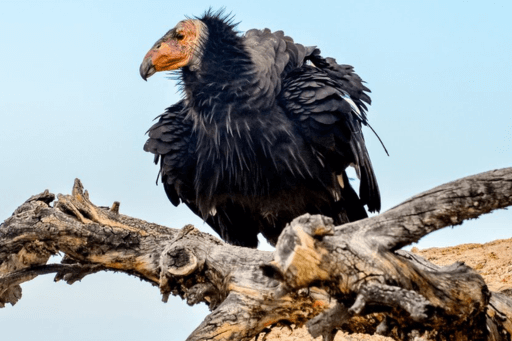
The Ventana Wildlife Society (VWS), a key steward of California's Central Coast Condor flock, is preparing to face the crisis head on. VWS has already implemented new quarantine and handling procedures and acquired 10 quarantine pens that can be used to treat and isolate at-risk birds. With confirmed cases of HPAI in wild bird populations within condor habitat in California, efforts to prepare for an outbreak are essential and ongoing.
A vaccine does exist, but it is currently unavailable for use in the United States. This week, American Bird Conservancy (ABC) and 29 other conservation groups sent a letter to the U.S. Department of Agriculture and USFWS urging them to fast-track approval and deployment of this potentially life-saving tool. In the meantime, supporting our partners at The Peregrine Fund and VWS, among others, is the best way to help in the short-term.
American Bird Conservancy is also working to make the California Condor population more resilient to new threats like HPAI. We are working to restore potential condor habitat in the Southwest and on the West Coast. We are working with state wildlife agencies to encourage the voluntary adoption of nontoxic ammunition and fishing tackle, as well as expand sportsperson education on lead toxicity. We are rebuffing attacks on the federal government's ability to reduce exposure to environmental lead, and we are working with the Environmental Protection Agency to prohibit the use of harmful rodenticides within the condor's range, thus avoiding secondary poisoning.
Though the condor is often used as an example of a successful recovery effort under the Endangered Species Act, its conservation journey was far from over even before the emergence of HPAI. The vulnerability of this species is now on full display as it faces down a new and unpredictable threat, underscoring the need to more fully address existing pressures that continue to thwart sustainable wild populations, including lead ingestion. The California Condor, in all its grandeur, offers a testament to our societies' commitments in sharing — and indeed stewarding — this world in companionship with the biodiversity that supports our lives.
###
American Bird Conservancy is a nonprofit organization dedicated to conserving wild birds and their habitats throughout the Americas. With an emphasis on achieving results and working in partnership, we take on the greatest problems facing birds today, innovating and building on rapid advancements in science to halt extinctions, protect habitats, eliminate threats, and build capacity for bird conservation. Find us on abcbirds.org, Facebook, Instagram, and Twitter (@ABCbirds).
Media Contact
Jordan Rutter
Director of Communications
media@abcbirds.org





































